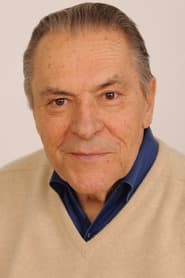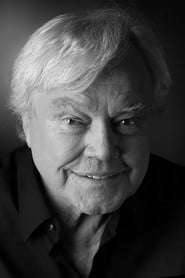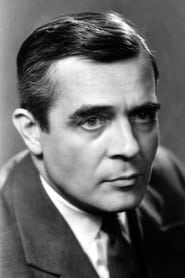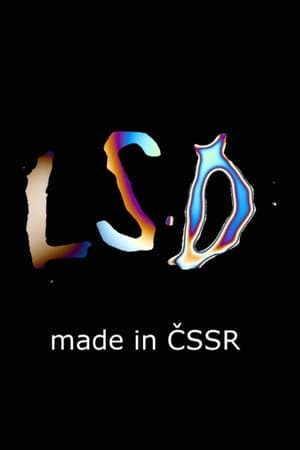

Hledá se toxin X(1963)
Movie: Hledá se toxin X

Hledá se toxin X
HomePage
Overview
Release Date
1963-05-17
Average
0
Rating:
0.0 startsTagline
Genres
Languages:
ČeskýKeywords
Similar Movies
 0.0
0.0Tim Leary: The Art of Dying(en)
LSD Guru Tim Leary teaches us all to die by dying himself in what he calls his "custom death". This documentary deals with Mr. Leary's last days, all captured on camera by his own request.
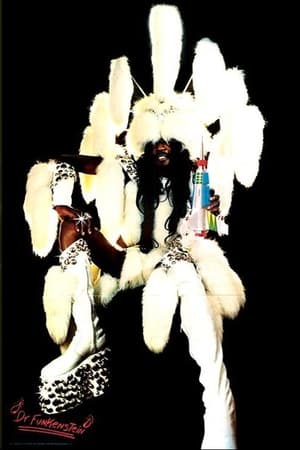 7.5
7.5George Clinton: Tales of Dr Funkenstein(en)
Don Letts's hilarious and colourful profile of the godfather of funk, whose 50-year career has defined the genre. From his 1950s days running a doo-wop group out of the back of his barber store, through the madness of the monster Parliament/Funkadelic machine of the 70s to his late 90s hip-hop collaborations with Dre and Snoop, George Clinton has inspired generations of imitators. Contributors include Outkast's Andre 3000 and Macy Gray.
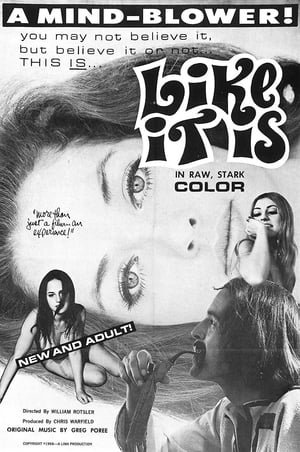 5.3
5.3Like It Is(en)
This documentary on the "youth movement" of the late 1960s focuses on the hippie pot smoking/free love culture in the San Francisco Bay area.
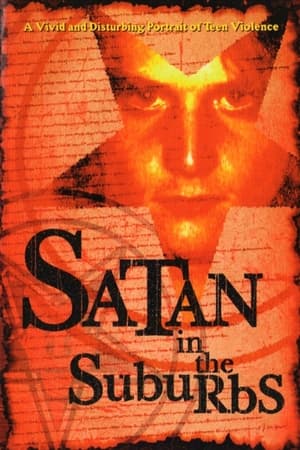 5.0
5.0Satan in the Suburbs(en)
Satan in the Suburbs tells the shocking story of a grisly ritualistic murder in the quiet bedroom community of Northport, Long Island in the summer of 1984. The killing, it soon emerged, was linked to a teen satanic cult. Perhaps more disturbing than the details of the murder itself was the revelation of a conspiracy of silence among the town's teenagers, many of whom had been aware of the, e killing in the two weeks before an anonymous call finally tipped off local police. 17- year-old Ricky Kasso was arrested and confessed to the crime; five days later, he hung himself in his holding cell. Kasso's friend Jimmy Troiano also. confessed, but was acquitted after jurors learned that he was beaten by local police. The murder shocked the local community and reverberated nationally, with some uninformed observers rushing to scapegoat rock music as the cause.
 5.5
5.5LSD: The Beyond Within(en)
This refreshingly frank and impartial study of the discovery and development of the notorious hallucinogenic drug is notably free of moral judgmental, and features contributions from such legendary heroes of psychedelia as Albert Hoffman - the Swiss scientist who discovered the drug - Aldous Huxley - author of 'The Doors of Perception' - Ken Kesey - author of 'One Flew Over the Cuckoo's Nest.
 7.8
7.8The Pink Floyd and Syd Barrett Story(en)
The full bizarre, tragic but celebratory story of Syd Barrett, the co-founder of Pink Floyd.
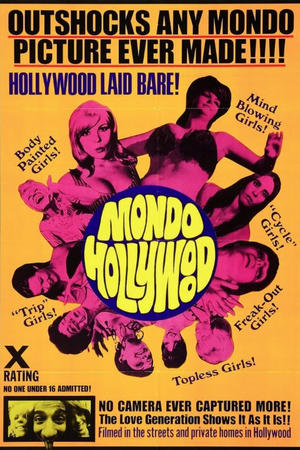 5.3
5.3Mondo Hollywood(en)
Long considered a cult classic, "Mondo Hollywood" captures the underside of Hollywood by documenting a moment in time (1965-67), when an inquisitive trust in the unknown was paramount, hope for the future was tangible and life was worth living on the fringe. An interior monologue narrative approach is used throughout the film, where each principal person shown not only decided on what they wanted to be filmed doing, but also narrated their own scenes. The film opens with Gypsy Boots (the original hippie vegan - desert hopping blender salesman), and stripper Jennie Lee, working out 'Watusi-style' beneath the 'Hollywood' sign -- leading into the 'sustainable community' insight of Lewis Beach Marvin III, the S&H Green Stamp heir, who lived in a $10 a month garage while owning a mountain retreat in Malibu.
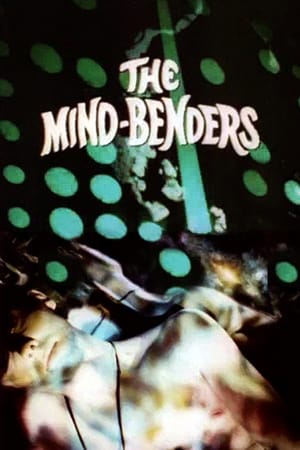 6.0
6.0The Mind-Benders: LSD and the Hallucinogens(en)
This FDA film explores the history of hallucinogenic drugs, and specifically the effects and therapeutic uses of lysergic acid diethylamide (LSD). Combining graphics that suggest a hallucinogenic experience, snippets of interviews with users (who explain their reasons for taking the drug) and doctors, and taped sessions of research with volunteers, the film delves into the destructive as well as possible positive uses of the drug.
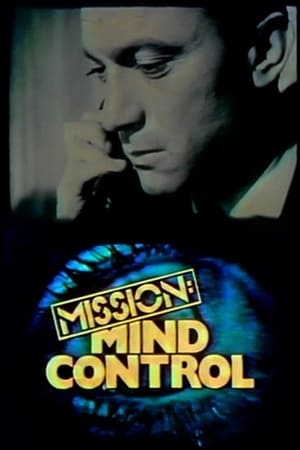 0.0
0.0Mission Mind Control(en)
Uncovering government agencies (especially the CIA) that secretly tested the effects of LSD on humans.
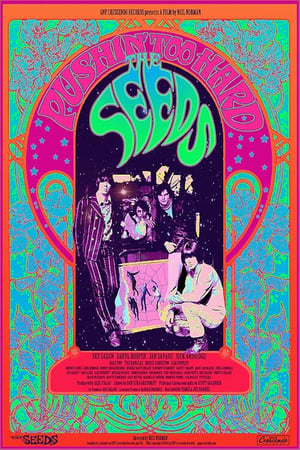 0.0
0.0The Seeds: Pushin' Too Hard(en)
Documentary about seminal garage-rock band, The Seeds, that uses vintage footage, rare photos, memorabilia and audio, plus fresh interviews with band members and associates as well as notable fans and observers, Pushin’ Too Hard relates the bizarre rage-to-riches-to-rags tale of the rock quartet who took Los Angeles by storm in the mid-60s.
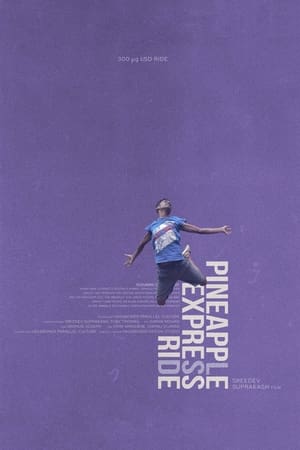 0.0
0.0Pineapple Express Ride(ml)
The subjective phases humans encounter during the consumption of standard amount of Lysergic acid Diethylamide or LSD.
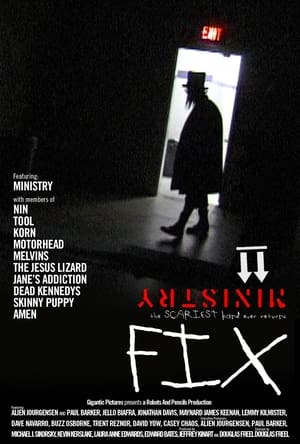 7.0
7.0Fix: The Ministry Movie(en)
Provides an insider's view of the groundbreaking, outrageous, creative juggernaut that was the band Ministry - during their world tour - as front man Al Jourgensen slips into drug addiction. Ministry made industrial rock mainstream, and along the way their music and take no prisoners lifestyle influenced the leaders of today's most important bands, many of whom are in the film.
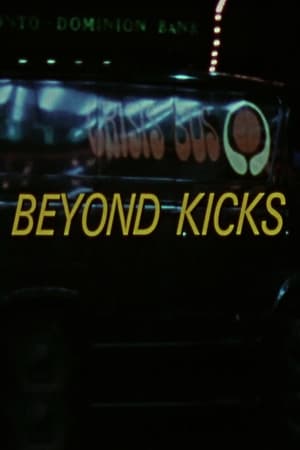 0.0
0.0Beyond Kicks(en)
In the early 1970s, a group of young volunteers, the Free Youth Clinic of Winnipeg, operated a "crisis bus" to rescue young people experiencing bad drug trips, usually from LSD.
 0.0
0.0What Did You Take?(en)
Stresses recognition and treatment of drug abuse emergencies, accurate identification of symptoms, and immediate clinical procedures. Presents scenes of actual cases in the emergency room and adjoining physician's offices of Beth Israel Medical Center in New York City. Viewers observe emergency treatment of patients in the major classes of drugs commonly abused, opiates, depressants, stimulants, and hallucinogens. The film demonstrates to health professionals that successful management of drug overdoses can save most lives and avert additional organic and psychiatric complications.
 6.0
6.0Narcotics, Why Not?(en)
This film presents a series of extemporaneous interviews with teenagers and young adults who have taken narcotics for "kicks," "association," or "curiosity." Residents of the California Rehabilitation Center relate how they were introduced to narcotics, why they wished they had not used drugs or narcotics, and what the future holds for them. Film is shot in Hollywood, Calif.
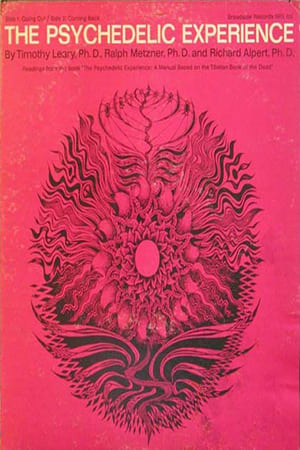 0.0
0.0The Psychedelic Experience(en)
Experimental movie, where a man comes home and experiences LSD. His kaleidoscopic visions follow, with readings inspired by the Tibethan Book of the Dead.
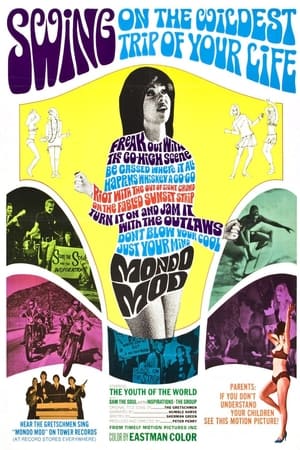 2.5
2.5Mondo Mod(en)
A look at the "mod" culture of the, visiting the Sunset Strip in West Hollywood, going from discotheques to dirt bike competitions, surfing, karate, go-carting, political protests and pot parties.
 7.0
7.0How To Go Out of Your Mind: The LSD Crisis(en)
Back in the 1960's a former Harvard professor stopped giving A's, B's and C's and started handing out LSD. his name was Timothy Leary and he was at the center of a controversy in North America over the growing use of psychedelic drugs. Leary ran a research center in New York state where young people took 'acid' while he took notes. The media took notice.
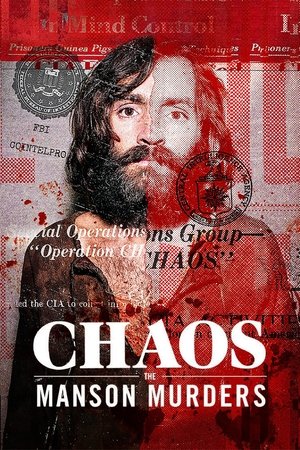 6.1
6.1Chaos: The Manson Murders(en)
In August 1969, Charles Manson's followers killed seven people on his orders. Why? Explore a conspiracy of mind control, CIA experiments, and murder.
